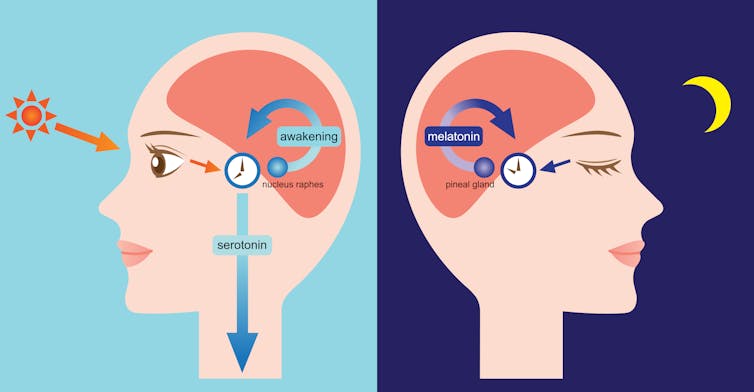
The gendered play of children from two hunter-gatherer societies is strongly influenced by the demographics of their communities and the gender roles modelled by the adults around them, a new study finds.
We all tend to make a lot of assumptions about the development of gender roles, mostly through a Western lens
Sheina Lew-Levy
Based on observations of more than one hundred children in two different hunter-gatherer communities in sub-Saharan Africa, an international team, led by researchers from the University of Cambridge, found that younger children were generally more likely to play in mixed-gender groups. In small communities, however, boys and girls were more likely to play together, likely due to a lack of playmates of the same gender.
As children get older, they begin to imitate the adults around them and learn culturally-specific gender roles through play. The results, reported in the journal Child Development, demonstrate the similarities with and differences from Western societies, and the importance of context when studying how children acquire various gendered behaviours.
Play is a universal feature of human childhood, and contributes to children’s cultural learning, including gender roles. Studies have shown that children are more likely to play in same-gender groups, with boys more likely to participate in vigorous ‘rough-and-tumble’ play, and girls more likely to pretend in pretense, or imaginary, play such as doll play.
However, as most studies on the development of gender focus on children from Western societies, it is difficult to determine whether observed gender differences are culturally-specific or represent broader developmental trends.
“We all tend to make a lot of assumptions about the development of gender roles, mostly through a Western lens,” said the paper’s first author Sheina Lew-Levy, who recently completed her PhD in Cambridge’s Department of Psychology. “However, very few studies have been done on gender roles in hunter-gatherer communities, whose organisation is distinct from other societies.”
The two hunter-gatherer communities in the study, the Hadza of Tanzania and the BaYaka of Congo, typically live in mobile groups averaging 25-45 individuals and have multiple residences. Labour is generally divided along gender lines, with men responsible for animal products and women responsible for plant products, although they are relatively egalitarian.
Earlier studies of play in hunter-gatherer children have found that children overwhelmingly play in mixed-gender groups, which is less common in Western children over the age of three. The team in the current study, which included researchers from the University of Nevada, Las Vegas, Washington State University and Duke University, found that children in smaller hunter-gatherer camps were more likely to play in mixed-gender groups than those in larger camps, most likely due to a lack of playmates of the same gender.
Younger boys and girls spend similar amounts of time engaged in play, and they both spent times in games, exercise and object play. Typically, girls and boys engage in gender roles through play. In the BaYaka community, for example, fathers are highly involved in childcare. The researchers found that BaYaka children’s doll play reflected adult child caretaking, with no strong differences in BaYaka boys’ and girls’ play with dolls.
“Context explains many, although not all, gender differences in play,” said Lew-Levy. “We need a more inclusive understanding of child development, including children’s gendered play, across the world’s diverse societies.”
Reference:
Sheina Lew-Levy et al. ‘Gender-typed and gender-segregated play among Tanzanian Hadza and Congolese BaYaka hunter-gatherer children and adolescents.’ Child Development (2019). DOI: 10.1111/cdev.13306

The text in this work is licensed under a Creative Commons Attribution 4.0 International License. Images, including our videos, are Copyright ©University of Cambridge and licensors/contributors as identified. All rights reserved. We make our image and video content available in a number of ways – as here, on our main website under its Terms and conditions, and on a range of channels including social media that permit your use and sharing of our content under their respective Terms.













 Among this year’s successful awardees is Dr Margherita Turco from Cambridge’s Centre for Trophoblast Research (CTR).
Among this year’s successful awardees is Dr Margherita Turco from Cambridge’s Centre for Trophoblast Research (CTR).










